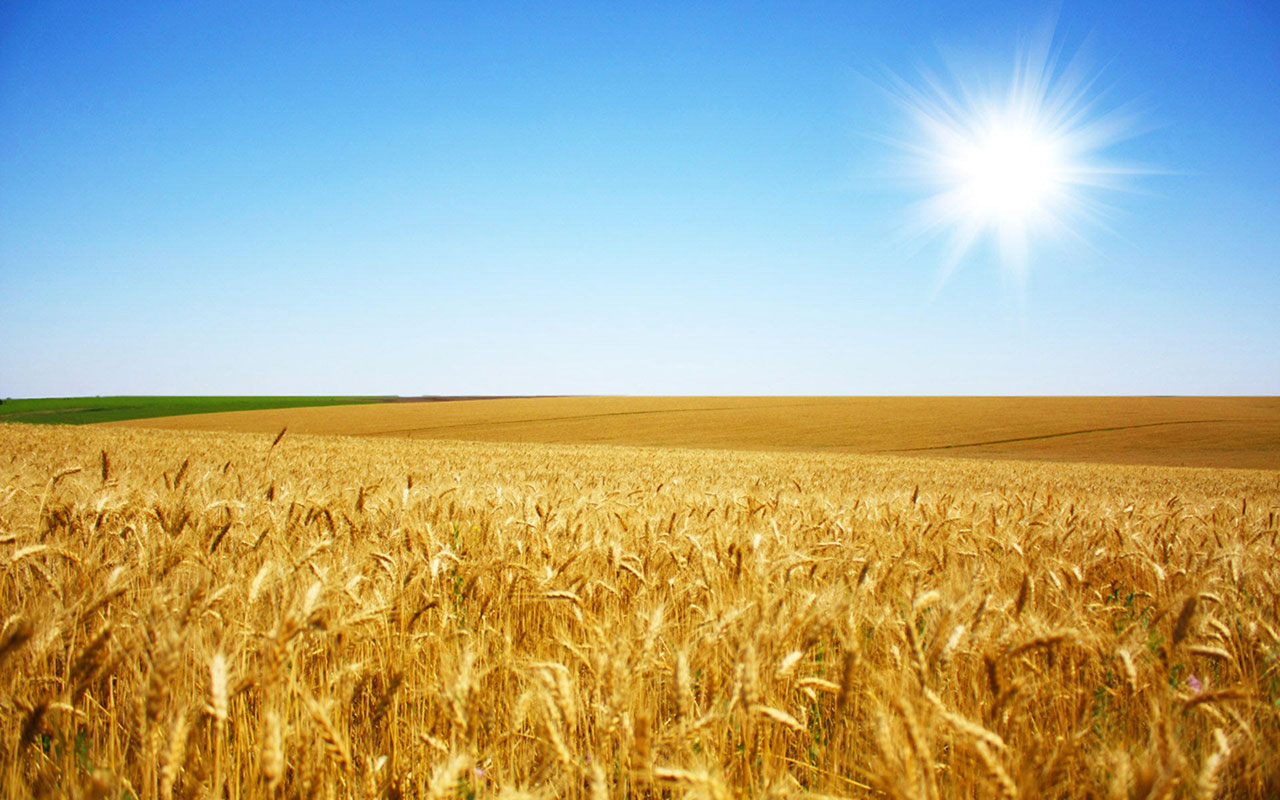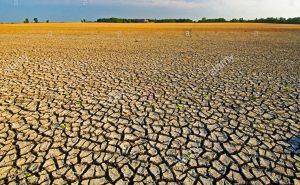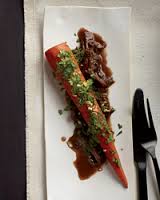
Taste is a soothsayer, a truth teller. And it can be a guide in reimagining our food system, and our diets, from the ground up.” Dan Barber
Taste is being pursued now by chefs who have left their kitchens and sought fine foods where the food is grown. Dan Barber, in his wonderful book, The Third Plate: Field Notes on the Future of Food, provides insight: “Truly great flavor— the kind that produces plain old jaw-dropping wonder— is a powerful lens into the natural world because taste breaks through the delicate things we can’t see or perceive.”
According to Barber, chefs cannot make delicious food if fruits, vegetables, grains and animals are grown on compromised soil, and the history of American soil is one of “degradation and death.” While Barber gives many examples of food that has been subjected to breeding pro grams that value chemical growing processes, ease of shipping and long shelf life over taste, the one that resonates with me is the story of bread. The puffy over-processed white stuff in our stores will last forever. It is making some people sick and others suffer blood sugar issues when they eat it.
grams that value chemical growing processes, ease of shipping and long shelf life over taste, the one that resonates with me is the story of bread. The puffy over-processed white stuff in our stores will last forever. It is making some people sick and others suffer blood sugar issues when they eat it.
Barber believes we have lost the real taste of grain which, in days past, had a shelf life of only a few days before it began to spoil. It was the staff of life for ten thousand years and now it’s junk. “Who’s responsible for killing wheat? It’s no mystery— what makes the story of American wheat so interesting, and so tragic, is just how obvious it all was…. Everyone and no one killed wheat. It was the perfect murder.” When I make bread at home it grows mold in just a few days; grocery store bread never gets moldy. Never. Mold doesn’t even like modern bread.
Barber is also enlightening on the subject of ‘the perfect ca rrot’, which he serves in his high end restaurant as a ‘steak’. The carrot dominates the plate. He can do this only because the carrot is delicious; it is a carrot with a long heritage grown in really good soil. “Taste doesn’t come from the elemental compounds. It comes from the synthesis… Phytonutrients— like amino acids, esters, and flavonoids— are key to the flavor of the mokum carrot,”
rrot’, which he serves in his high end restaurant as a ‘steak’. The carrot dominates the plate. He can do this only because the carrot is delicious; it is a carrot with a long heritage grown in really good soil. “Taste doesn’t come from the elemental compounds. It comes from the synthesis… Phytonutrients— like amino acids, esters, and flavonoids— are key to the flavor of the mokum carrot,”
The soil must be alive to produce good food. It breathes, digests and a teaspoon of good soil contains a billion tiny creatures: bacteria, microbes, fungi, worms, grubs, bugs, and slugs. This soil produces a carrot, or tomato or other food that will have ‘persistence’. For example, good wine is ‘powerfully persistent’. It’s in your mouth and nose–alive. Barber even finds persistence in iceberg lettuce. Not the white tasteless variety, grown on dead soil, but the old varieties of the lettuce, “full of flavor, bitter and sweet” at the same time.
Famed chef, Alice Waters, claimed that she did not cook, she picked. She made me laugh when she described a dessert plate containing only a perfectly ripe, delicious peach. In the 1970’s, when she made her mark, breeders had developed low-acid, high-sugar peaches that could be picked hard and shipped cross country–many people forgot what a peach should taste like. Waters reminded us that eating local and seasonal was a easy and cheap and it provided an interface with the natural world. One has to pay attention.
The American love affair with junk food and convenience food has brought us disease and lethargy. The salt and sugar and unhealthy fats do have taste. But there is no persistence of good taste. It is tasteless.